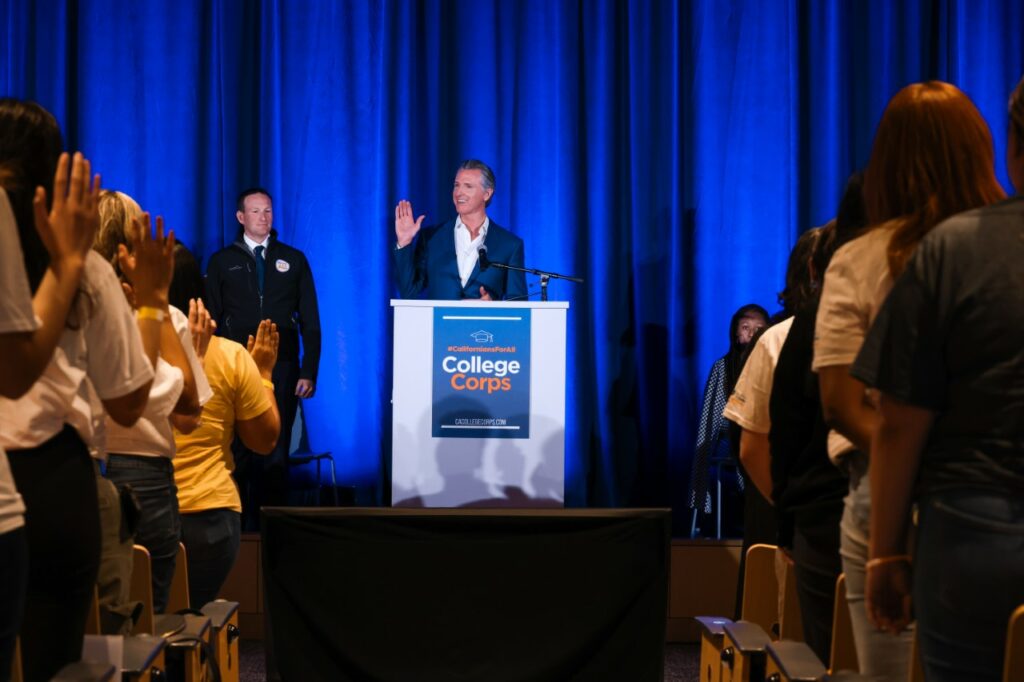During this summer, a team of students from MIT embarked on a journey to the sou …
California’s College Corps Shows Strong Potential Despite Some Challenges
Carlos Changemaker

In 2022, the state began the #CaliforniansForAll College Corps initiative. Operating on 45 campuses across California, the program aims to assist students in financing their education through community service: It offers $10,000 for 450 hours of service, disbursed in 10 monthly $700 installments along with an extra $3,000 upon program completion.
This fresh program is well-meaning but has room for enhancement.
I participated in College Corps from its onset, joining the Sacramento Valley College Corps chapter established by California State University, Sacramento; UC Davis; Sacramento City College; and Woodland Community College. After applying as a fellow for the summer term, I was swiftly assigned to a host site. My placement was at First Star Sacramento State Academy, aiding high school foster care students in their college journey through mentoring and resources.
Prior to College Corps, I already worked at First Star, and the program director arranged for my placement there. However, transitioning to a College Corps fellow changed my role significantly.
Becoming a fellow meant doubling my work hours and expanding my duties.
While my experience as a youth mentor at First Star was positive due to familiarity with the program and students, new challenges arose under College Corps.
Upon completing one year with College Corps at First Star, I re-enrolled for the second cohort and was assigned to Girl Scouts Heart of Central California, which unfortunately required extensive travel that I couldn’t accommodate without a car, leading me to withdraw within a month. My duties also demanded hours in a different city, impacting my ability to fulfill requirements.
My involvement as a part of the inaugural College Corps cohort faced its share of hitches.
An apparent gap existed between College Corps and external host sites, where fellows struggled to meet service hour requirements due to limited opportunities. This posed a risk of forfeiting the $3,000 education award upon completion.
Another hurdle was the inconvenient prepaid debit card payment method and delays in receiving the education award.
Thankfully, College Corps transitioned to check payments in the second year, albeit direct deposit wasn’t yet available.
Sacramento State student Yesenia Toribio praised the program’s supportive environment despite its initial challenges.
While acknowledging the program’s virtues, Toribio highlighted the challenges of balancing service hours with academic and part-time work responsibilities.
Despite obstacles, the promise of College Corps is evident, offering participants not just monetary rewards but invaluable experiences and connections through community engagement activities.
●●●
Aya MikbelCalifornia Student Journalism Corps.


